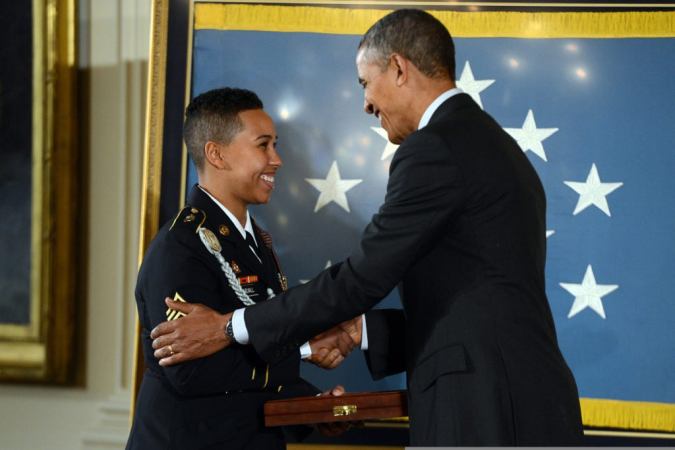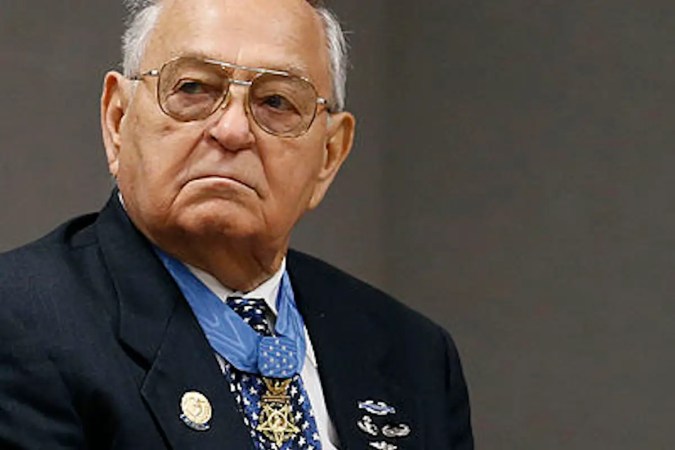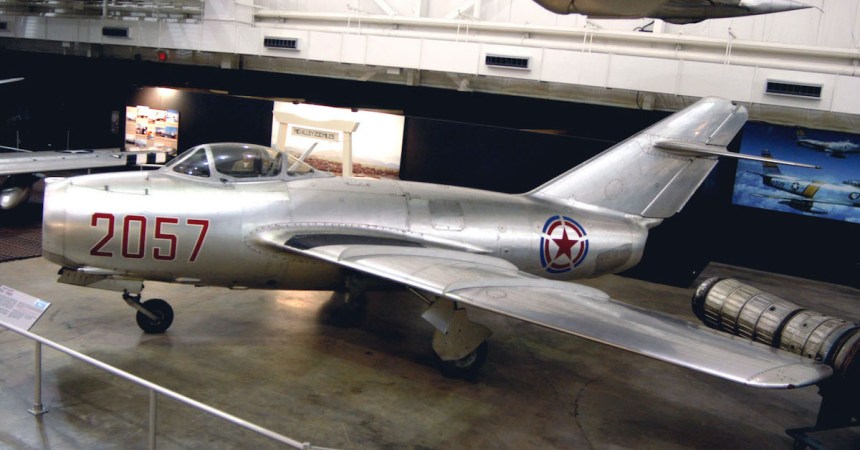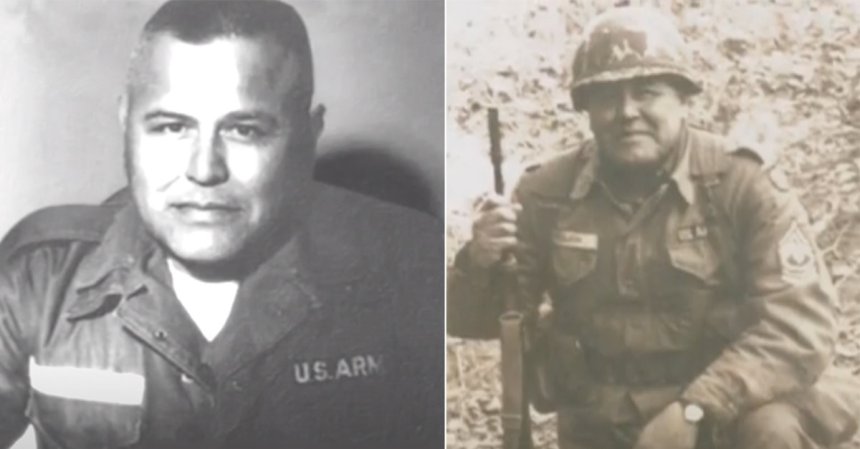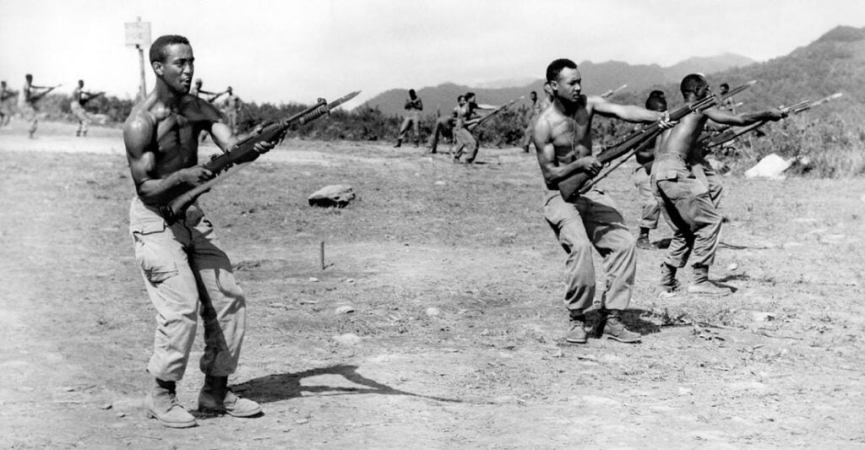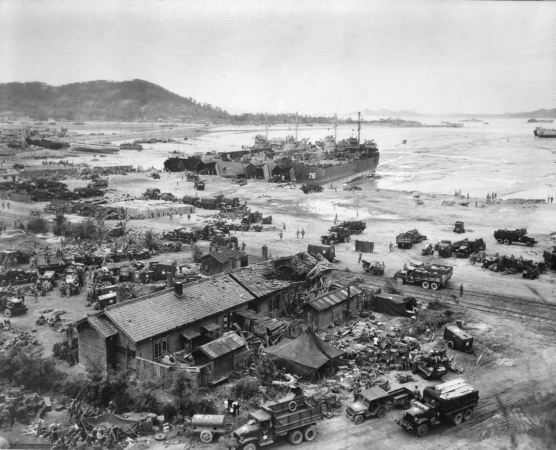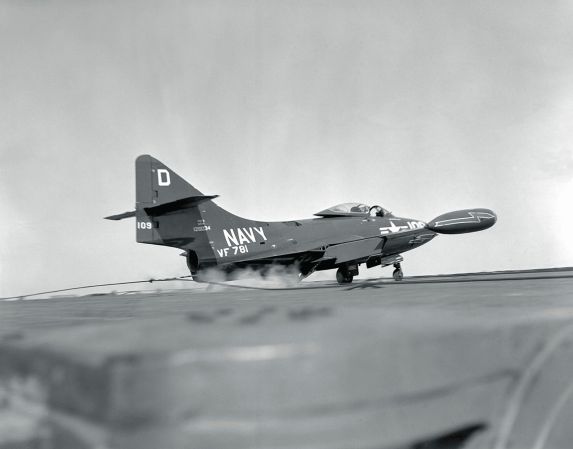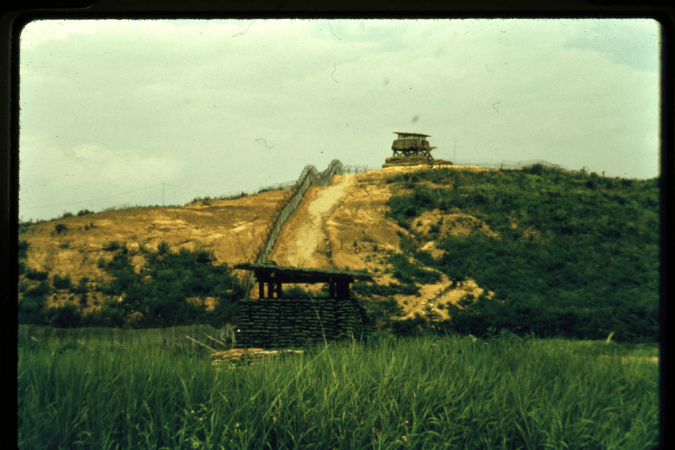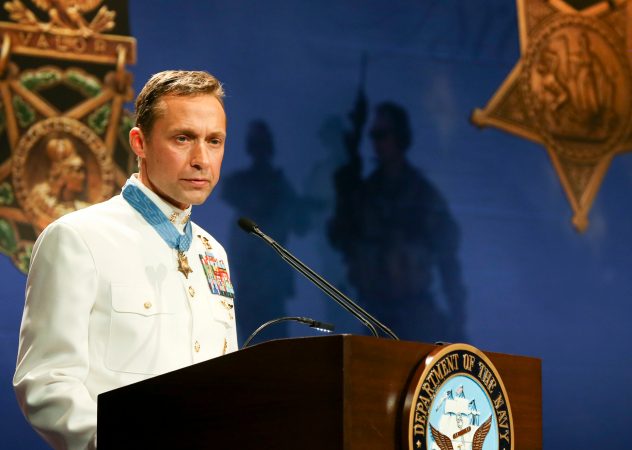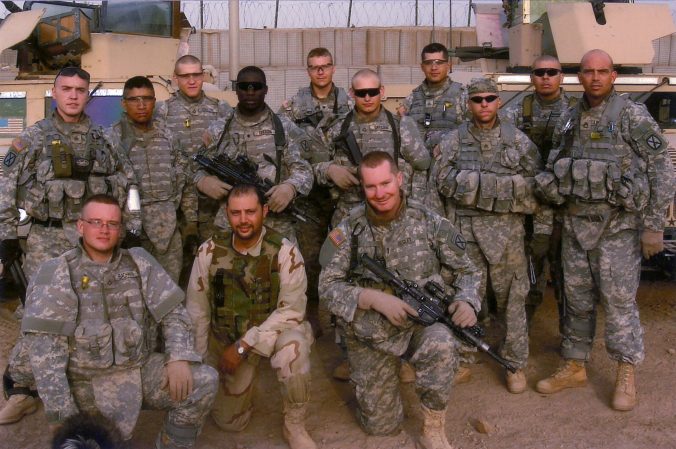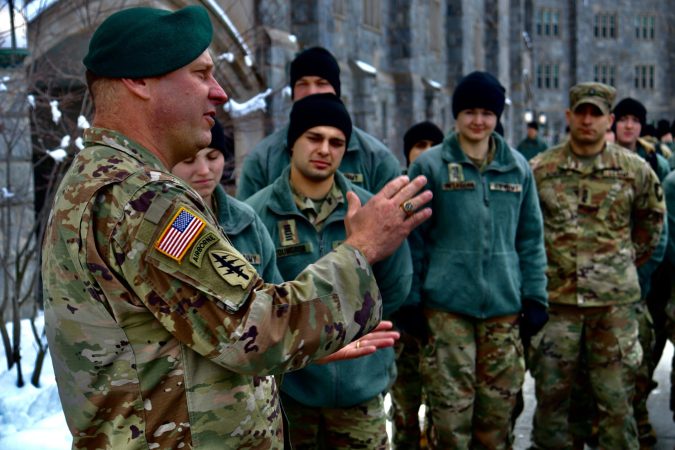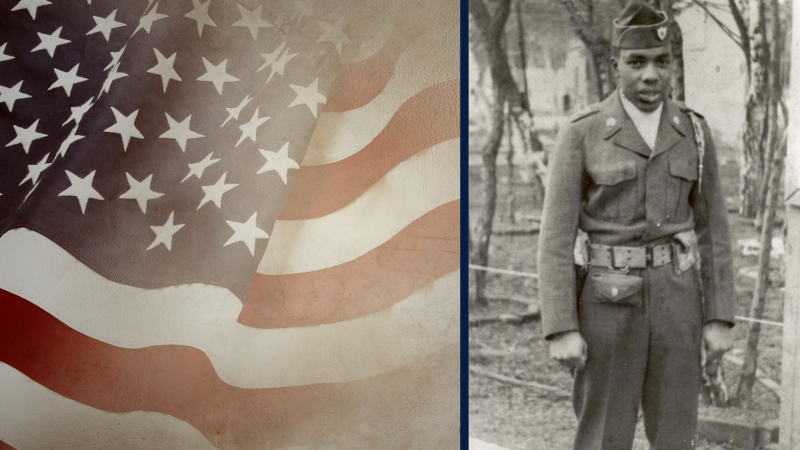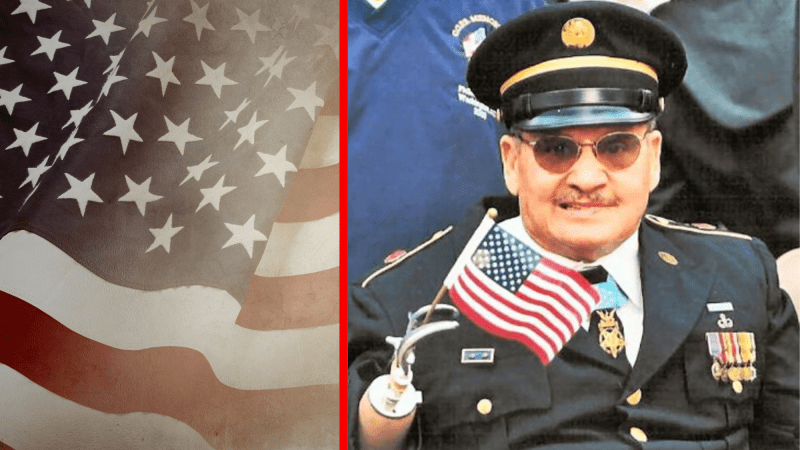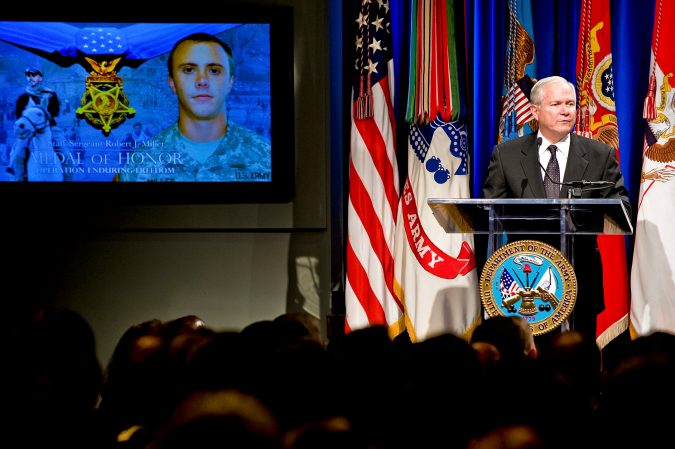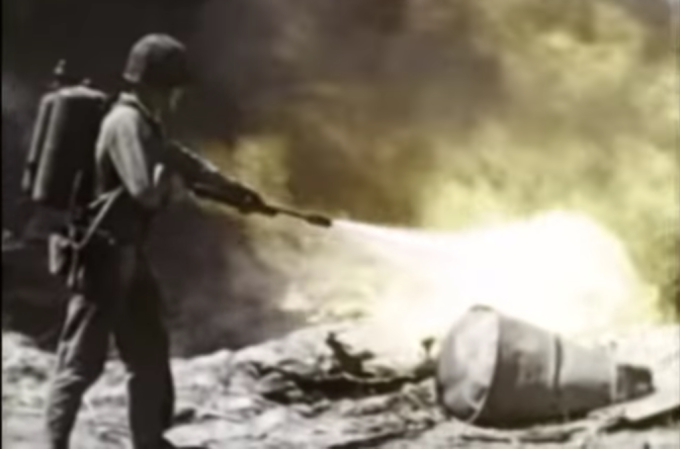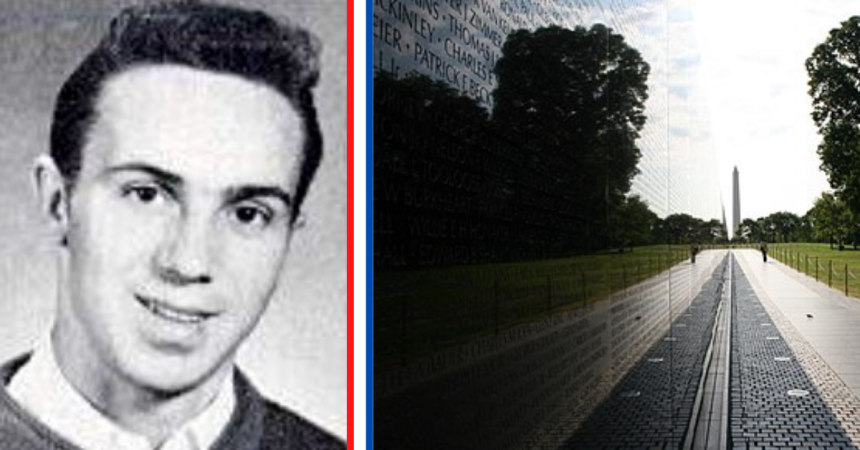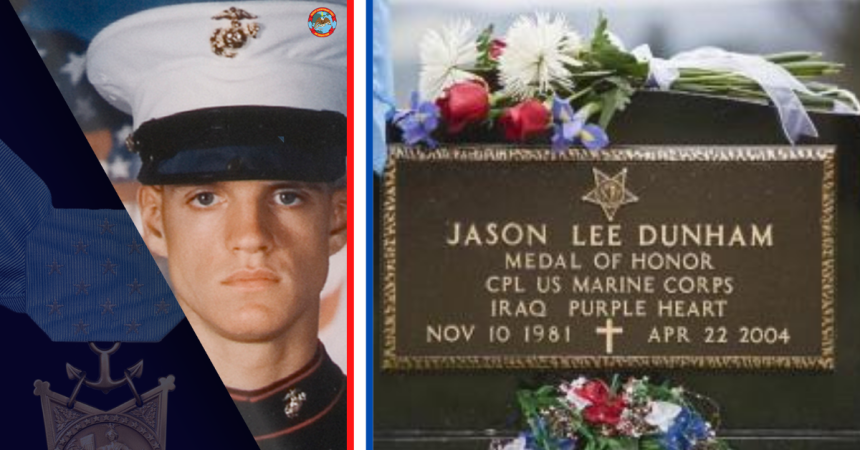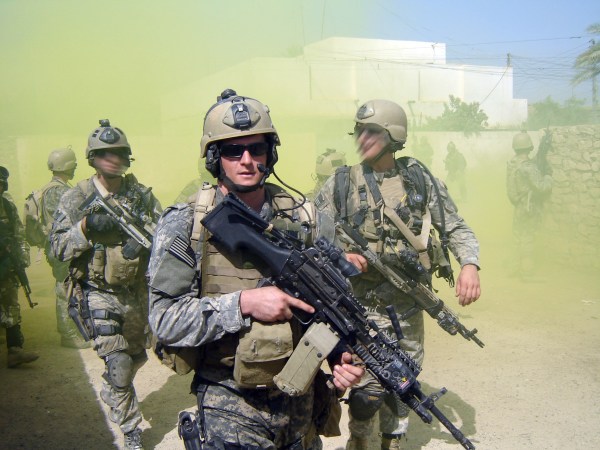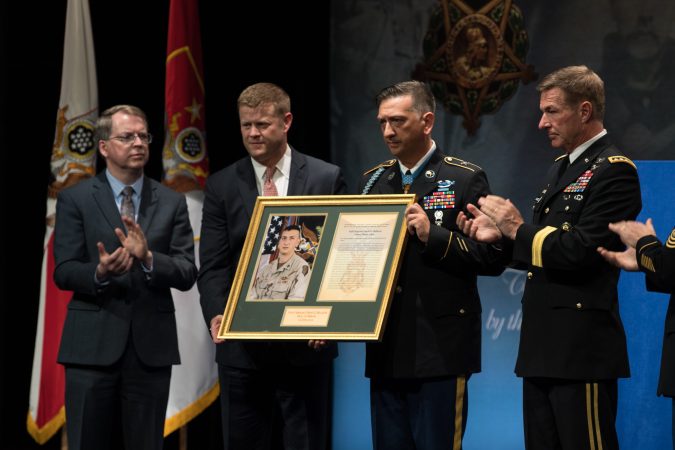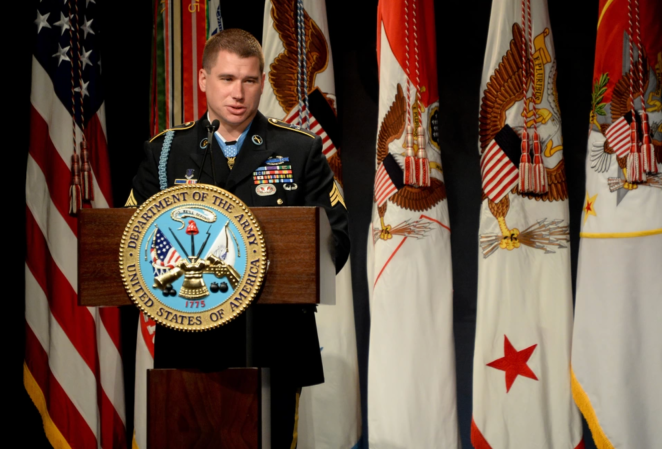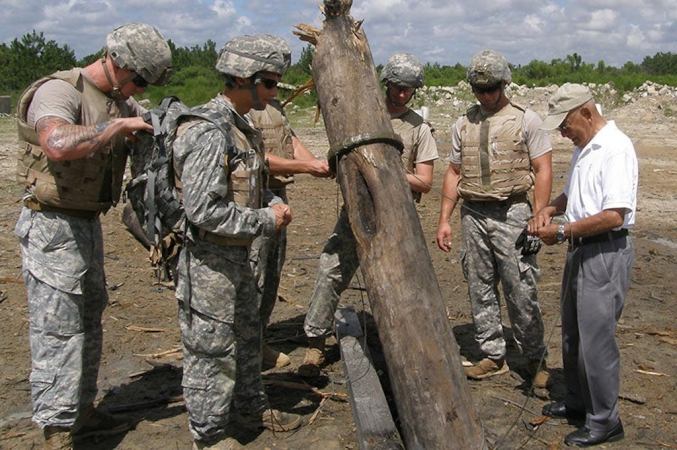Standing among the greatest warriors are the troops who go above and beyond the call of duty for their comrades when the odds are at their slimmest. This is the story of Medal of Honor recipient Pfc. Herbert K. Pilila’au and his actions at Heartbreak Ridge.
Herbert K. Pilila’au was a native Hawaiian, born and raised on the island of O’ahu. Those who knew him growing up would describe him as a gentle kid who would spend much of his time reading the Bible and listening to classical music.
He was drafted into the Korean War at the age of 22 and attended Basic Training at Fort Shafter. His peers were in awe as they watched the stillest, quietest soldier in their company turn out to be the most physically fit and strong of the recruits. Despite being the most talked-about soldier, he remained humble and continually wrote home.

Very shortly after basic training, he was attached to Charlie Company of the 23rd Infantry Regiment, 2nd Infantry Division and entered the fray in Gangwon Province, Korea. He volunteered to be the squad’s automatic rifleman saying, “someone had to do it.”
He first showed his prowess in battle alongside the rest of the 23rd Infantry Regiment as they fought at the Battle of Bloody Ridge in August of 1951. This victory lead United Nations troops to march on what is now known as the Battle of Heartbreak Ridge.

Pilila’au would meet his destiny on September 17th, 1951, when his platoon was tasked with protecting the ridge-line of Hill 931. After suffering a barrage of North Korean artillery strikes on their position, his platoon was forced to retreat. As they started to rejoin the rest of the unit, North Korean infantrymen descended on their position.
Pfc. Herbert K. Pilila’au volunteered himself to cover the retreat of the rest of his platoon with his Browning Automatic Rifle. He laid fire into every North Korean that came his way until he ran out of bullets. He then switched to throwing every grenade he had with him. When the grenades were gone, he pulled out his trench knife and carved into any attacker he could while punching them with his free hand. It was only after his platoon was safe that he would be surrounded and, finally, fall to an enemy bayonet.
When his platoon retook the position the next day, they discovered the bodies of forty North Koreans around his. He was buried at the National Memorial Cemetery of the Pacific in Honolulu. On June 18th, 1952, Pfc. Herbert K. Pilila’au was posthumously awarded the Congressional Medal of Honor and became the first Native Hawaiian to receive the United States Military’s highest decoration.



